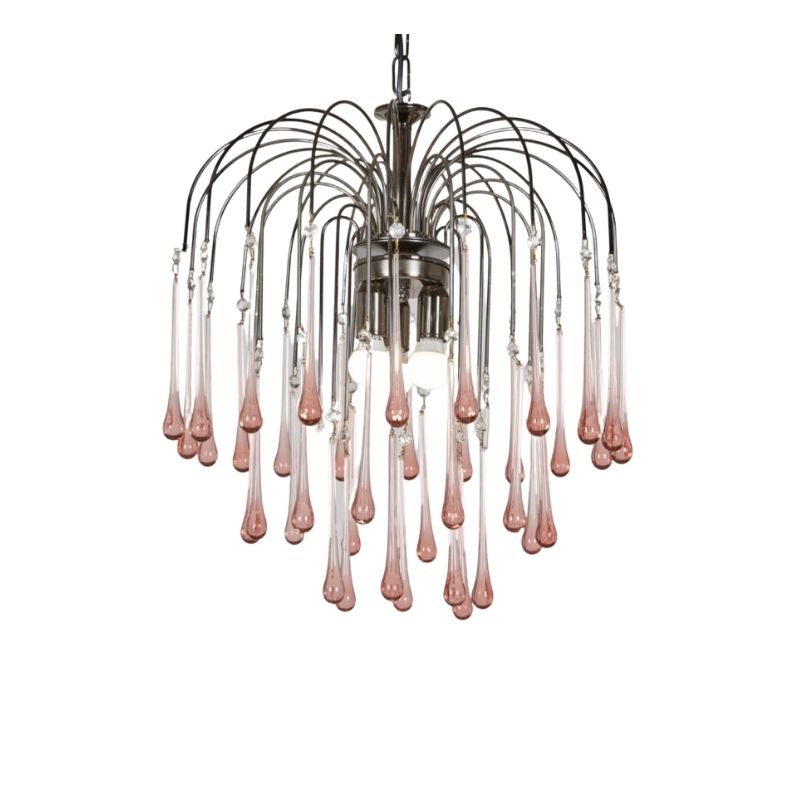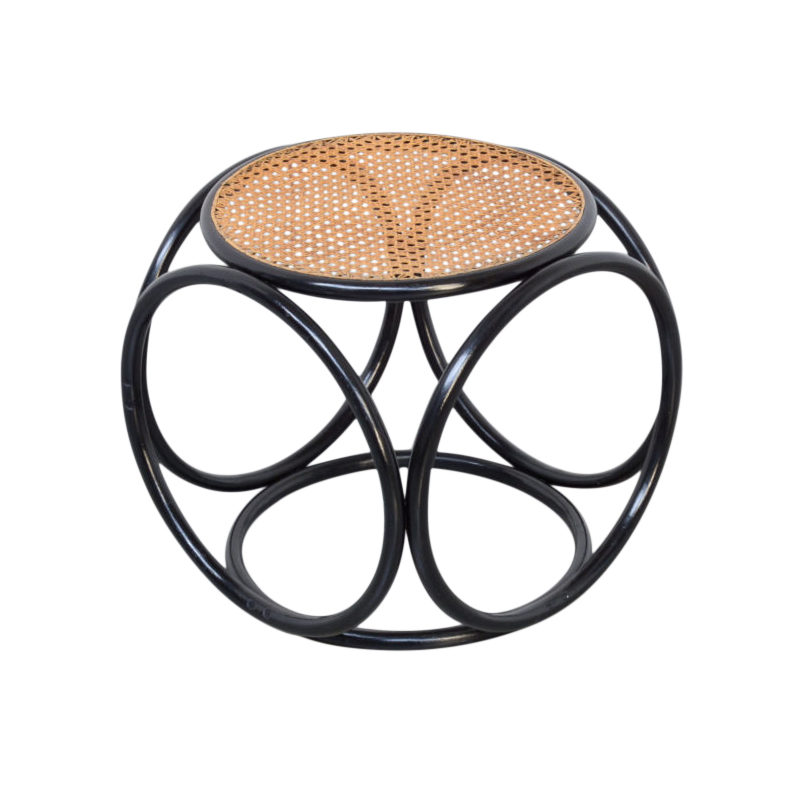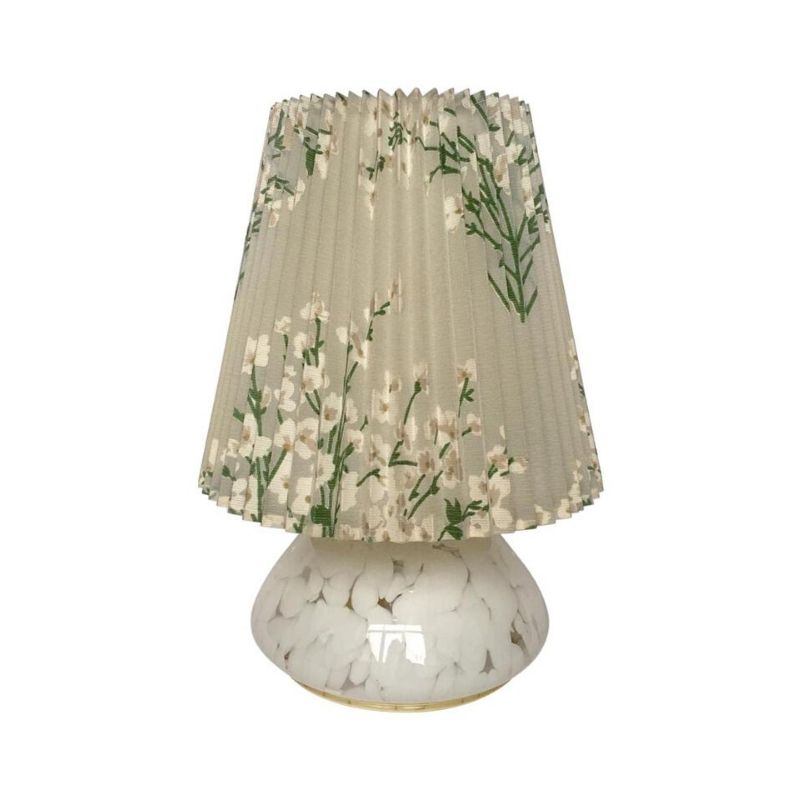Round 2 Pt.2
Koen on the other hand, while perhaps acknowledging some of this craven wow factor in the traditional design of cathedrals and movie theaters that BTM and I note (perhaps precisely because we both ARE mongrel Americans by birth and so congenitally predisposed to viewing all traditions without due respect), posits with more dignity and depth of insight that, well, there is a design legacy of high ceilings, long front-to-back dimensions, and narrow width dimensions that, to a classically-trained designer (which the estimable Mr. de Winter certainly is in spades), indicate an architect aware and respectful of the accrued knowledge of 3/4s of a millenium, or more, of how to design an effective house of worship. He also notes that some of the interior configuration is simply a product of a need to connect the Pawson addition to some other pre-existing structures. And he says that Pawson's minimalism is not mannerist, because it organically expresses the monks way of life.
Regarding building joining issues, as a layman, I cannot see why joining buildings necessarily requires high ceilings or a narrow width front to back. No doubt it does, for some reason, for this sort of practicality is often where Koen?s enormous expertise weighs in most heavily and most often versus my naivety. But, I repeat, until Koen explains this a bit more, I remain needful of more explanation.
Regarding the curvature at the furtherest point forward in picture of Pawson?s work above, I must say that the Presbyterian church of my youth, the one that looked Williamsburg Colonial on the outside and bleached white on the inside, but for some similarly stained woodwork, and which seated about 2,000 folk in their Sunday best, softened the hard-edged rectilinearity with a forward wall similarly rounded in its corners and a ceiling with the identical radius of elliptical curvature. Frankly, I felt more relief from the weight of the ceiling due to its minimalist curvature in my old Presbyterian sanctuary than I do from Pawson?s use of the same device at the front of the church. But regardless, how is a post modernist revival touch of this sort of curvature found in Protestant churches (and I suspect in many Presbyterian churches) intended to square with a Cistercian order that seems affiliated at least in tradition with the umbrella of Catholicism. I am speaking now in terms of this apparently ornamental curvature?s symbolic contribution to the postmodern expression of this order?s beliefs, values and traditions. What does it say that is so organic about the brothers faith? Was Pawson right to borrow a form/ornamentation ironically (whether intentionally or not) appropriated from Protestant church architecture for this apparently nonProtestant order?
Round 2 Pt3
I know, I know, this sort of flattened elliptical curvature is not patented by the Presbyterian Church. It was found on a small scale in a lot of living room ceilings in 1930-1950 bungalows in California. It is probably found in a lot of different kinds of buildings. It is, after all, at one level at least, just another way to shape and surface a ceiling, or wall, to relieve the boredom of rectilinearity of a box. But doesn?t an post modern architect operating with sophistication about rules and purposes of revivalism in post modern methodology, and who is supposed to be organically embodying the behaviors and traditions of the Cistercian order, supposed to understand that the elliptically curved wall at the front of the sanctuary in the picture above is a highly ambiguous introduction of form/ornamentation in symbolic terms? Perhaps Pawson just like the shape and thought it relieved the boxiness and said, ?Oh, what the heck, let?s put a curved surface in here for relief.? Even though that is hardly a sophisticated approach to the introduction of symbolic form into a house of worship, it seems better if that were his decision model, than if he intentionally and ironically appropriated an ambiguous form/ornament associated with certain protestant churches into the Cistercian?s place of worship. I don?t think that would be a very nice in-joke to play on the brothers. Here, the brothers are, to paraphrase John Lennon, just tryin? to get themselves some peace, and Mr. Pawson designs in an appropriated Protestant symbol? Maybe a symbol of many other religions as well? Maybe of art deco bungalows of the Sunset District bungalows of San Francisco? Don?t the brothers at least deserve some symbolism that is quintessentially from their own tradition, if in fact, there structure had to be built post Modern?
The question I just asked is, I believe, the crucial philosophical problem with post modernism and its revivalism, whether done minimalistically, or otherwise. Where do you find some beautiful, unambiguous symbols appropriate to a client with a specific tradition, value system and building use? Symbols are either so blatantly associated with certain organizations/activities that they cannot be appropriated, or they are such ambiguous and variously used archetypal images that they communicate vaguely and often trigger misunderstandings and unintended analogies, as Pawson?s work as just triggered in me.
I will stop here for now and let my master cogitate and comment, if he thinks there is anything in the above worthy of response. I could just be fooling myself, but I do believe there is something to what I am saying, and if there were, it might prevent Pawson?s monastery design from being viewed as a master work.
Out of the mouths of idiots. . .
Well, I am a babe in the woods in regards to this thread, but I do enjoy reading medieval history. I have only one teeny observation. I thought there was quite a bit of competition when building the great cathedrals amongst the master builders of the time in France and England. Would this not explain then the penchant for building ever-taller naves and apses?
OK, I just stopped by in the ring for a second between rounds to give the constestants a squirt of water. I'm leaving now.
Actually Riki
There was a competition between England and France. Both were directed by the church and both had the same aim. Scare the crap out of the populace and bring them to their knees, both literally and figuratively. It wasn't as if random craftsmen were competing with each other, they would not have had the where-withall to even step up to the plate. It was the craftsman's patrons', (The Church) that funded the building.
DC you are not putting words in my mouth at all, yes it was to literally strike the fear of God into the hearts and minds of the peasants. You make great points.
I might appear
simplistic here, but another reason churches and cathedrals were built as high as possible (other than to inspire awe) is that they can be seen from as far away as possible.
I see no reason for Pawson to break the unwritten rules in the case of this monastery.
He's designing a religious building, not a school or a filling station.
whatever a designer designs is usually based on a brief, and certainly on pre-conceived ideas.
A chair that no-one can sit on is not a chair, a skirt that can't be worn is useless.
A monastery that doesn't look like a monastery would be a poor design job in my opinion, but it is the designer's job to make that moanstery his own, as wel las making it serves its purpose as well as it possibly can.
Sure, we can call parts cliched if we like- but it shows, at least they are part of the vernacular - that the designer understand and respects that vernacular.
All areas of design have a 'language' and good designers tend not to ignore that.
There is a tradition dating back thousands of years for celebratory and religious buildings to be the most specatcular buildings possible..
Stonehenge, The great pyramids, St Paul's cathedral..
It is partly to inpire awe, but also to show respect and, one would imagine, to be a landmark.
In each 'higher' was the goal.. 'higher' was somewhere the layman couldn't build.
Robert1960 Not simplistic at all
I would say very well put. I would wholeheartedly agree. Higher could pull em in from miles around. An extremely high steeple was the equivalent I guess of a billboard out on the motor-way, or a pop-up ad on the internet. A way to bring em in under the big top if you will.
Can I mix in a few more modern metaphors, yeah, but these should suffice. 🙂
Robert1960,
"A chair that no one can sit on.." is obviously not a good--I would agree.
But what would you think of a chair that had a seat back that was 3 stories high just because all chairs had always, since the middle ages, had seat backs that were three stories high?
If I hired Corbu, Mies, Frank Gehry, Arthur Erickson, or Hans Wegner and they made me a chair with their signature take on the chair with a three story high seat back, I would be very disappointed...even if it were to be used for seating in a cathedral.
Kings and Queens and Popes have long had unecessarily high backed, throne-style chairs to reinforce their own grandeur. But modernist designers have not generally tried to embrace the concept of the throne-style chair, because the absurdly tall seat back had only ceremonial function for potentates. Modernism, and post modernism for that matter, while willingly catering to elites, have insisted on chair proportions essentially related to the function, if not always the ergonomics, of sitting. If designers can lower seat backs from throne-style seating to something more practical and less hide-bound in terms of tradition, why must they persist in the essentially afunctional traditions of church architecture?
Finally, as long as we are...
Finally, as long as we are using chair analogies, it is of course true that there have been a few modern architects/designers that have included afunctional design elements in their work. I am recalling Charles Rennie MacIntosh's dining room chairs and Frank Lloyd Wright's dining chairs in his own Chicago home, both of which went in for unnecessarily tall seat backs as a stylistic flourish, but over time wastefully high seat backs were abandoned very shortly after modernist design developed beyond these early efforts. Why can't the architecture and design of a monastery sanctuary move on similarly?
The emotional and spiritual and even the symbolic and ornamental have their place in any architecture, but they ought not be implemented in a cliche, mannersist fashion. Corbusier's Ronchamps at least does away with the cliches of high ceilings while still making his high. And he marvelously does away almost utterly with the traditional massing and cruciform space programming, while still achieving a spiritually stirring environment.
Calling Pawson's monastery addition a masterwork, IMHO, either forgets what a modern masterwork of church design, like Ronchamps, or even a decent post modern church, like Richard Meier's Jubilee Church in Rome, accomplish in these two form languages. No doubt I can find fault with Meier's post modern Jubile: why the hell does it need to be deconstructed into all those peculiar shapes, Richard? What is so unspiritual about a nice, one-story, pitched roof with some of your virtuosity added to it? But even saying that, as a wow factor building, if you have to have wow in your communal religious space (and I don't see why you have to in this day and age), Meier creates a lot more wow with white, unornamented surfaces than Pawson does.
And now just for interest, consider the exteriors, too.
Whilst
it may suit your argument to invent a three story high chair back- but it simply didn't exist, so really doesn't stand up as an analogy; the high backed chair appears throughout chair and chair design history regularly though, and has far from disappeared.
I also think there is a difference between a public religious building and a Cistersian monastery, this is a public place of worship, it is a place of work and contemplation.
I still can't help thinking, as did the Abott, that Pawson was the perfect contemporary choice for the job.
The monastery was built with constant consulatation, indeed the plans were blessed at every stage.
It would therefore follow they got the building they wanted, by the architect they had chosen. In that respect, at least, it is perfect.
Stylistically, I would call it the opposite of mannerist, there is no denying it's peace and harmony surely? - quite the opposite of the mannerist tradition.
Cliched? maybe, but surely design must have what you refer to as cliche (and what I would call recogniseable elements) in order to be Design?
robert1960...
It is an ineffective refutation of my point to say that 3 story high chairbacks do not exist. I was merely exaggerating to make sure the sound, fundamental logic of my point was unmistakeable. To be sure, I added the examples of thrones and of MacIntosh's and Wright's dining chairs early in the migration from functionalism to modernism to make clear that my exaggeration was for emphasis of a substantial point.
And as a tendancy, we do not see afunctionally high chair backs in modern and post modern design these days.
Yet as a tendancy, we do see afunctionally high ceilings in religious buildings as diverse as Meier's Jubilee church for laymen and Pawson's sanctuary for monks.
You call the high ceiling, and I infer most of the rest of Pawson's monastery building, recognizable elements. I would agree. But the crux is this: a recognizable element that is beautiful but afunctional ought to be redesigned to be beautiful and functional. Failing to do so betrays mannerism--not design.
As counterpoint, Corbusier's Ronchamp and Meier's Jubilee may be judged either effective or ineffective design solutions, but neither mannerist, nor cliched from my point of view.
I remain resolved that high ceilings, among other recognizable elements, in Pawson's project for the order were/are cliched and mannerist.
That I did not recognize them as such early on probably had more to do with the spellbinding aspects of medieval church architecture and my respect for the monastic life style than it did with Pawson's design. Pawson's design "makes new" a very powerful and charged architecture of the past by filtering it through a mannerist minimalism--not by rigourously improving the function of the design/architecture of that medieval church architecture over what is observed in more slavish contemporary replications of it.
Or so I think so far. Regardless, thank you for weighing in with your thoughts, which may well make more sense than mine to others.
Remarkable thread here, and I...
Remarkable thread here, and I can add nothing of worth. But I would like to say that the tall seat back chairs of Wright may have conceivably been a little more at best than a 'stylistic flourish'. His intent with these chairs in part he himself described (the most notable being those for his Oak Park home and the Martin house) to be an attempt to make the immediate dining area "a room within a room".
That the traditional house of worship be a terribly affected social pad with a humungous ceiling height that makes its minions feel existentially tiny seems a good historical bet. But there are other conceits involved in church design as well, some a wee bit less overt, or mannerist, at least.
Architects fortunately don't live in a vacuum, and even the best are sometimes - like all of us - forced in their projects to make a very hard expressive choice between "honest arrogance and hypocritical humility".
http://www.tfaoi.com/aa/7aa/7aa791a.htm
robert1960...
When I say mannerist, I mean accepting the manner of previous designs without redesigning them to achieve greater function and beauty for the client.
I think the Merriam Webster Online dictionary's definitions are fitting here.
1 a: exaggerated or affected adherence to a particular style or manner : artificiality , preciosity boften capitalized : an art style in late 16th century Europe characterized by spatial incongruity and excessive elongation of the human figures
2: a characteristic and often unconscious mode or peculiarity of action, bearing, or treatment
Pawson adhered to a massing and form language of monastery/church buildings probably dating back to the Middle Ages, in particular to the spatial incongruity and excessive elongation of the ceiling heights in the sanctuary. Hence, his adoption of monochromatics and removal of much ornamentation in the name of minimalism is at best a superficial stylistic refinement. My conclusion is that he has adopted the manner of a medieval monastery's massing and form language AND adopted the manner of minimalism. This is not the same as designing/architecting monastery buildings.
But surely
'his adoption of monochromatics and removal of much ornamentation' would have been at the core of the project brief, and would have been given to whoever designed the monastery ?
You call it a 'superficial stylistic refinement' yet those ideals have been a key part of this monastic Order for almost a thousand years.
To make it clear in my mind, are you saying because he adopted the known form of a monastery he didn't actually design the building ?
Doesn't any architect or designer adopts known forms, otherwise they'd veer off into abstraction ?
Re: 'mannerist'
it was the talk of mannerist style that confused me, mannerism is an accepted academic and historic style that has little or nothing to do with minimalism, quite the reverse.
Thanks for clearing that up.
We're getting somewhere now...
No, I am not using mannerist/mannnerism as meaning the kind of architecture and art practiced in Europe during the 1500s as reputed by some as being in reaction to the art and architecture of the high renaissance. However, I suppose one could make the case that the perseverative exaggeration of, say the human form in paintings of the period regardless of the content and composition of the paintings, may be likened to perseverative adherence to massing, forms, and space programs of monastery/church architecture probably dating to the medieval period. But I do not need to make that argument in order to make the point I have been making about Pawson's monastery (except apparently for some clarification) and, so, I have left it out of the discussion to maintain focus. I apologize for confusing you with this omission. I do see how it could be distracting.
Now, I am using mannerist architecture and design the way I understand Koen to define it; that is, as design that appropriates and emulates aesthetics, forms, massing, space programs and ornament to one extent or another in tact, regardless of whether doing so actually solves the design/architectural problem in the most beautiful, logical, efficient and effective way for the client. As Koen said recently, such mannerism in design/architecture is not really design. It is emulation to avoid the hard work of design. There would be an exception, of course, and I believe this exception is what Koen is arguing for not only in the case of Pawson, but also in a much wider and much more profound sense. He is arguing that there are instances when a designer/architect has thought the problem through and decided that this or that aspect, or I suppose at the extreme, even the entirety of the design, can not significantly be improved upon over what has been done before. Koen sees Pawson's adoption of traditional ceiling heights, traditional rectilinearity front to back in the sanctuary, and I would suspect almost the entirety of Pawson's monastery's form, massing, and space program, dating back to the middle ages as a design solution that works and that could probably not have been improved upon for these particular clients. I don't see it that way, but then I can see how Koen does see it that way.
If you need any help, please contact us at – info@designaddict.com









